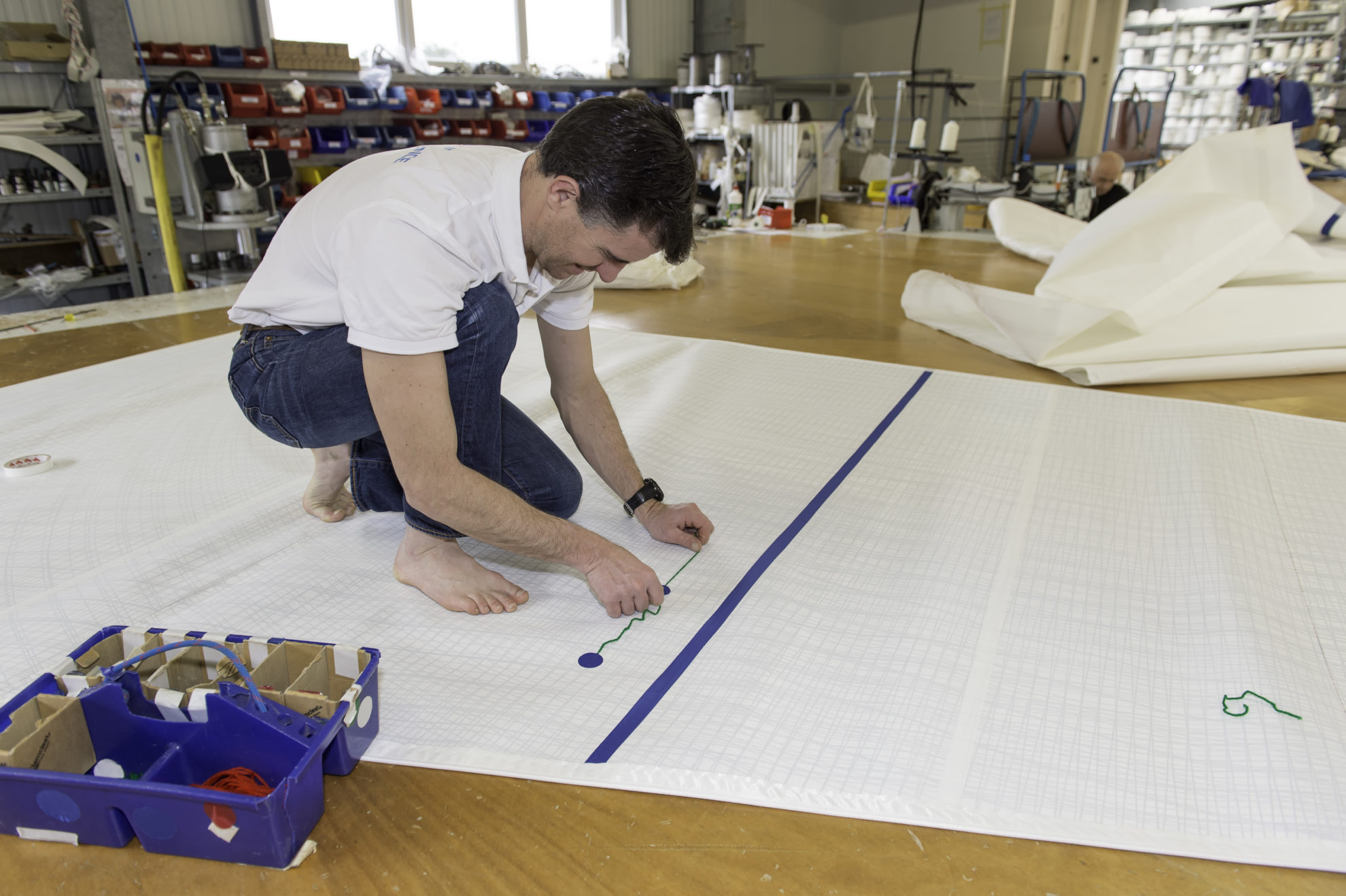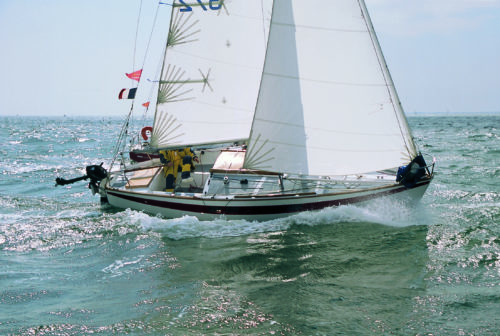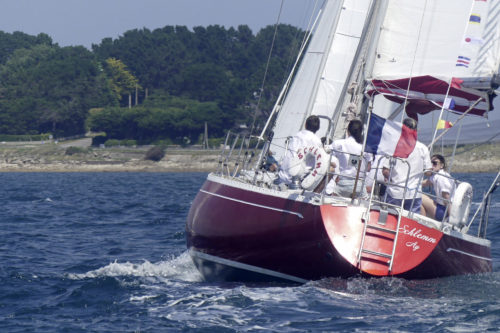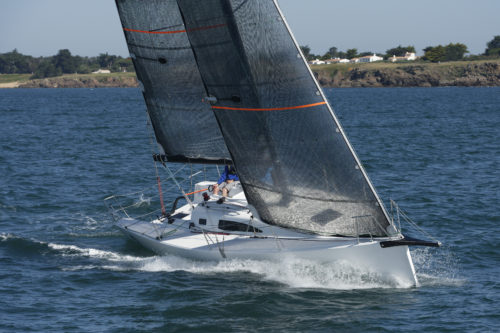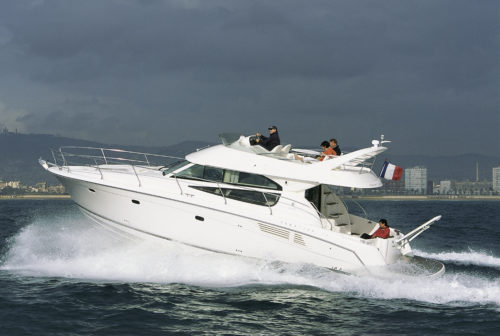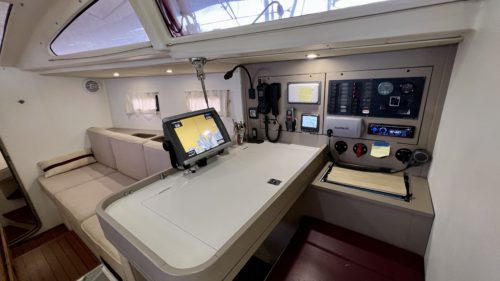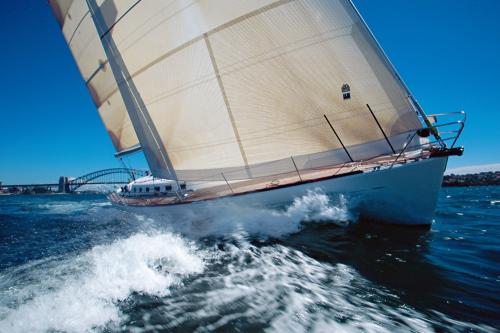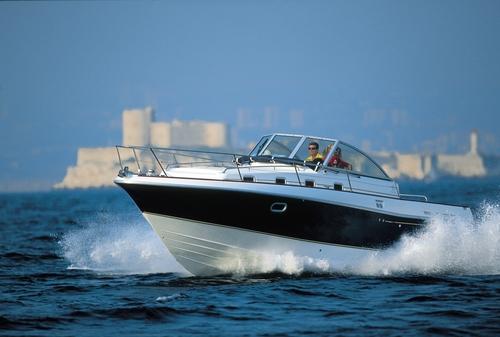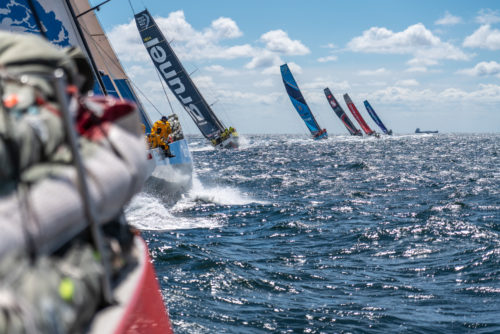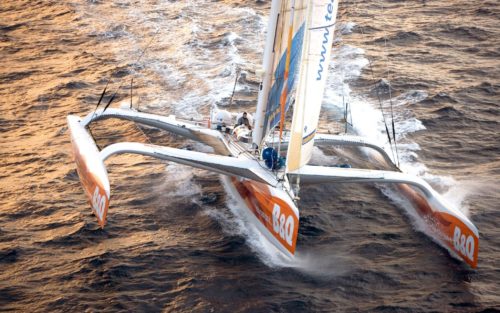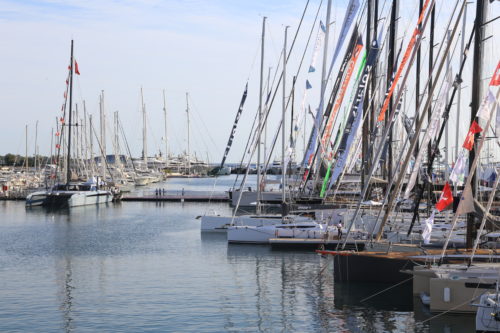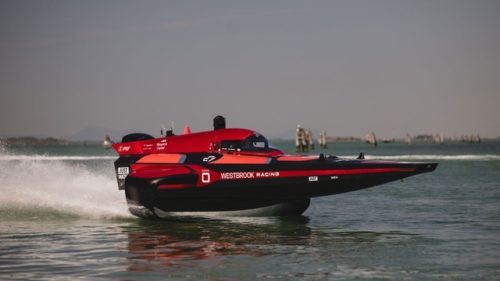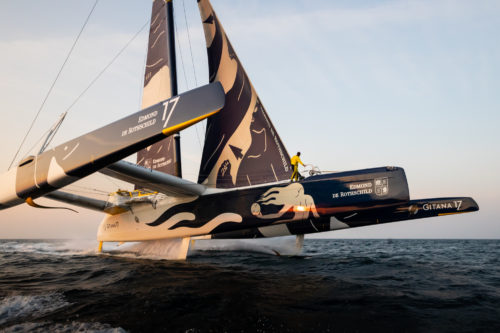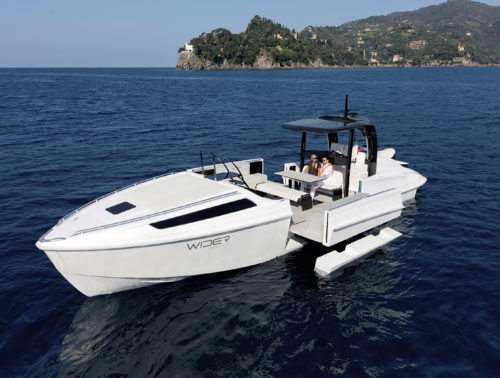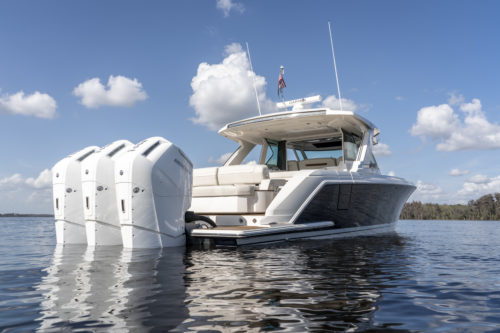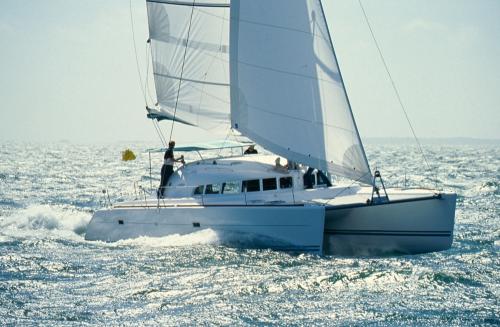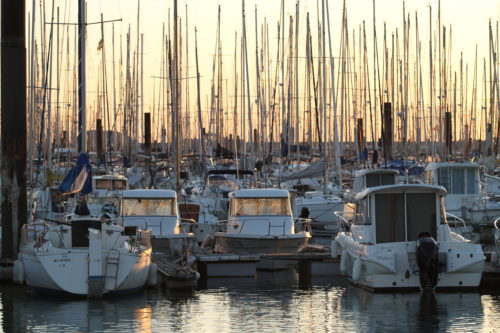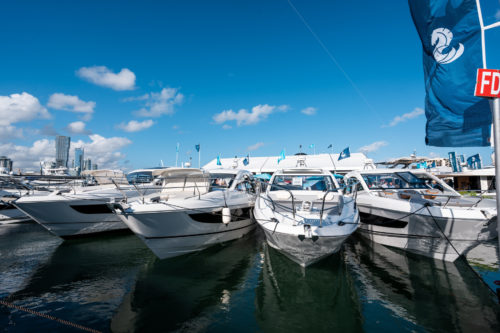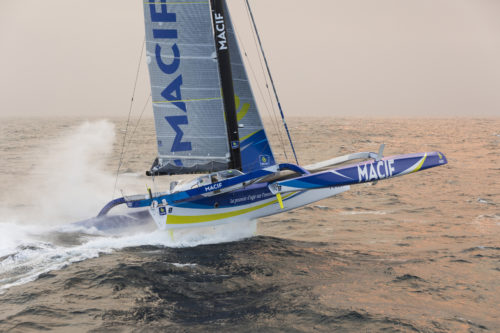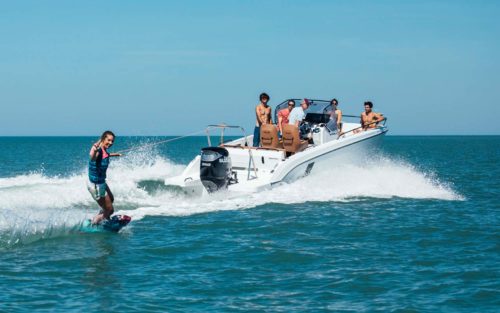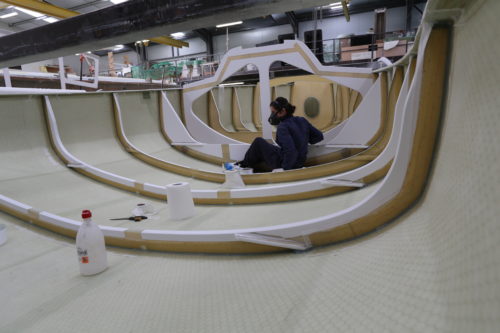Excellence Made in France
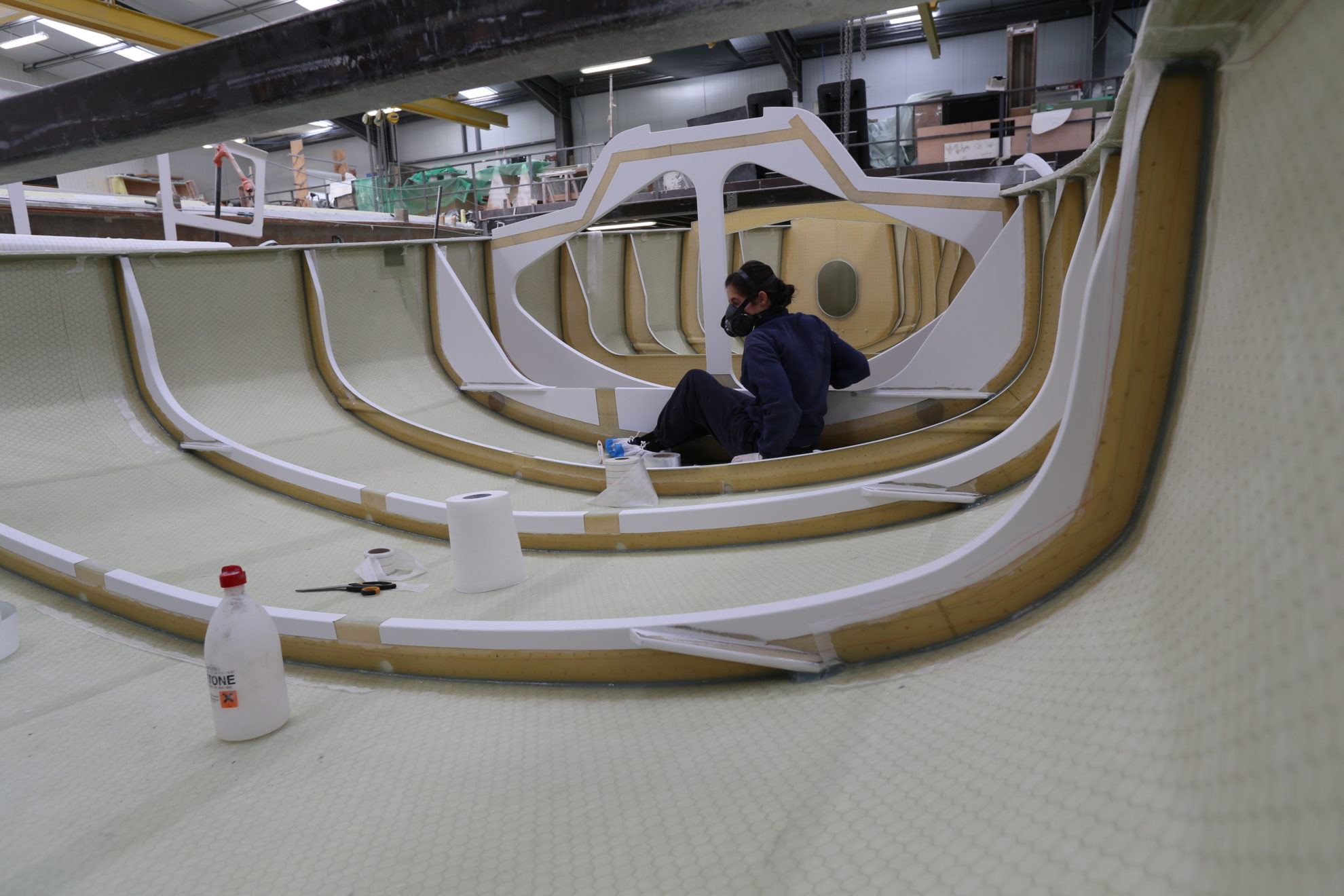
Of course, we are not talking about strategic sectors like automotive, electronics or steelmaking. But recreational boatbuilding alone represents €1,956 million of revenues* and more than 11,000 jobs* that are unlikely to be relocated. More importantly, it is the driving force behind a broader industry that includes equipment, marine charters (€326 million in revenues for the 2023-2024 season), water sports and offshore racing, with the resulting benefits for tourism in coastal areas, and even inland if we include river rentals. An industry that is almost perfectly integrated, with French companies leading or strongly present in nearly every sector except for engine manufacturing in particular. Lastly, it is also clearly focused on exports, if we look at its coverage rate for instance: for every foreign boat sold in France, 10 French boats are sold for export. And this position is solid: since the early 2010s, more than 70% of French production has been exported. Even better: economic downturns, such as the 2008-2009 financial crisis, seem to have further strengthened the French boat industry’s dominance. The Bénéteau Group, the industry’s powerhouse, made the bold choice to accelerate the renewal of its product ranges while its competitors chose financial caution. The result: the Vendée-based group increased its market share during the crisis, while supporting its network.
This is cause for celebration, as well as reflection. If the British are credited as the inventors of yachting, the Germans are champions of industry, and the Italians have historically excelled in boatbuilding… how has France come to dominate? A nation traditionally more known for its pastures than the open sea has discovered a destiny, a passion. In the wake of Tabarly’s victories, as is often said, and rightly so, but also thanks to an absolutely remarkable alignment of circumstances. A convergence of favorable factors, rarely seen in the economic history of our old country.
Eric Tabarly, it is true, became the hero of a “pride regained”, as Stephan Constance puts it, in the face of the longstanding British rival. But he was not alone. With Bernard Moitessier, France found a different, almost symmetrical hero. 1964 marks the glory of a French sailor trained at the Naval Academy, who celebrated his victory across the Atlantic on the Champs-Élysées, honored as he deserved by General de Gaulle himself. 1968 is the dazzling moment of a global citizen who renounced the honors of victory in the Golden Globe Challenge in favor of getting back to nature in Polynesia. With these two figures, there is something for everyone, and every French person. For the short-haired and the long-haired, the competitors and the romantics… Sociologically, it is perfect. And this will endure, as our two heroes inspire successors, with Kersauson and the Pen Duick VI crew on one side, and Damien and all the “globe-floaters” of the 1970s on the other. The former often make the headlines, but the latter sell hundreds of thousands of books and profoundly shape our maritime imagination… With leading figures like this, France was ready. But this enthusiasm alone would not have sufficed.
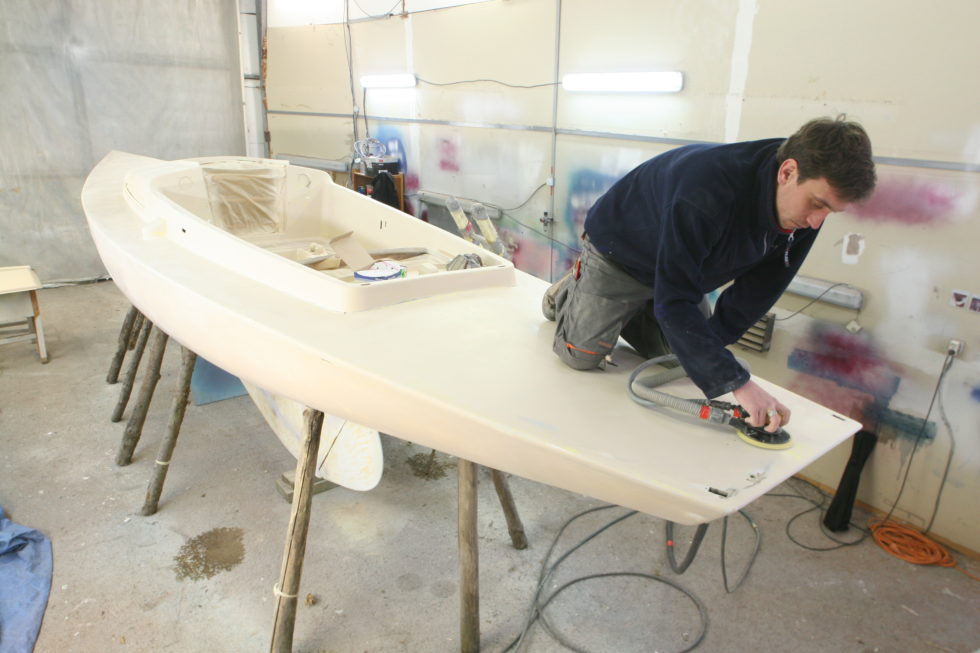
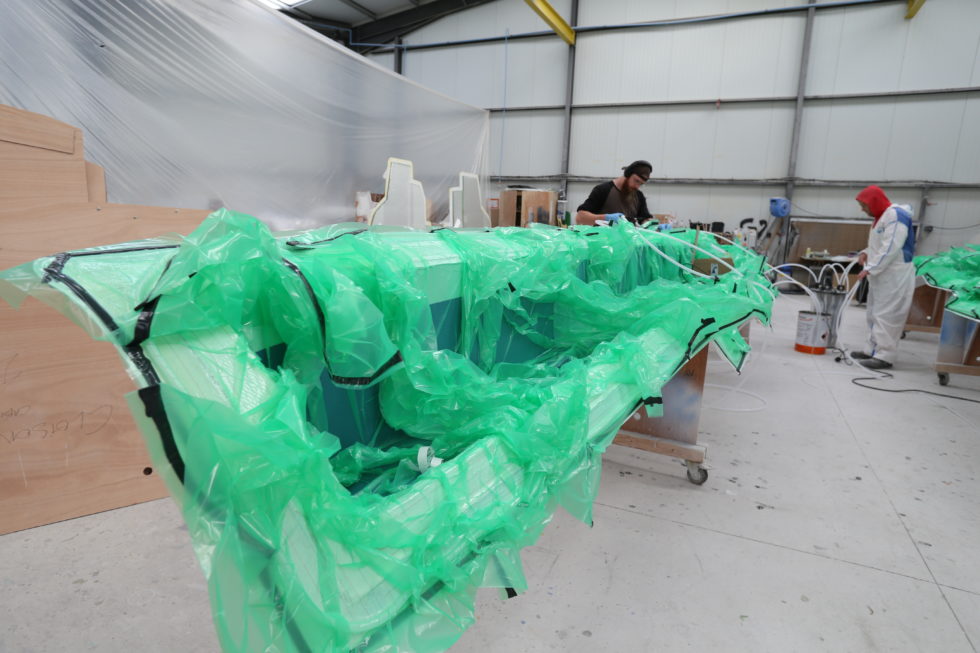
At the same time, while the economic boom of the Glorious Thirties was winding down, the reduction in working hours and the liberated spirit of 1968 sparked a surge in demand for outdoor recreation. Camping, the sea. Marinas. They were being built everywhere during the 1960s. Few realize today the scale of the Racine Plan, which mobilized enormous resources to reclaim vast marshlands and build Port-Camargue and La Grande-Motte. Port-Grimaud, inspired by Jean-François Spoerry’s vision, has aged better. In the West, during the 1970s, development continued unabated, from La Rochelle to Arzon, where a vast new port replaced the Crouesty mudflats. In Brest, Perros-Guirec, Les Sables d’Olonne, Granville and elsewhere, kilometers of pontoons were waiting to be filled… But with which boats?
This is where the third stage of the rocket came into play, the decisive phase of the French nautical miracle. A revolution was already underway in boat design, with architects such as Jean-Jacques Herbulot and Philippe Harlé, whose small plywood dinghies had made headlines from the early 1960s, and even earlier with the Vaurien. This marked the emergence of a boating culture freed up from yacht clubs, a popular practice, close to nature, with its advocates preaching on an archipelago that was previously forgotten: the Glénan Islands. The school of the same name had its own little red book: the famous manual, whose first edition was written by Philippe Harlé himself. But again, this was only the beginning… Because from the late 1960s came a second revolution: polyester. This was the pivotal moment. By embracing this innovation, which we would today call disruptive, certain shipyards gained a decisive lead. This edge enabled the yards in Vendée to industrialize ahead of others and achieve production volumes that put them beyond the reach of the competition. At the time, they were not alone. Michel Dufour, in La Rochelle, even held a temporary lead with his Arpège. But in fact, it was in Vendée that the boat industry truly underwent its industrial revolution. Chance or necessity? The Vendée people are known as entrepreneurs and hard workers, and that is true. It is difficult to attribute it to chance, especially since our two giants – Bénéteau and Jeanneau – have completely different histories. On one side, a traditional family yard, building of wooden fishing boats. On the other, a motorboating enthusiast, Henri Jeanneau, who started building a small speedboat in the back room of his family’s hardware store… So, there was no predetermined path nor regional predisposition really. Just a generation of energetic, visionary entrepreneurs betting everything on polyester, and also innovating with design, without being constrained by yachting conventions – and at just the right time.
Having said that, nothing was predetermined. Other visions, other investments kept the flame alive. In the 1980s, tax incentives introduced by the Pons Law played a major role in supporting the growth of boating activities in the French Antilles… resulting in increased demand from rental companies. From the early 1990s, in Lorient, the patient construction of a hub dedicated to offshore racing on former National Navy industrial wasteland paved the way for a spectacular level of success. Offshore racing now thrives between Port-la-Forêt and Lorient, shaping the so-called “Sailing Valley”, a new term echoing the playful “Valley of Fools” beloved by Olivier de Kersauson. This hub takes the spotlight, perfectly complementing this unique boat industry ecosystem that exists only in France. Denis Bourbigot, head of the IDB Marine yard, describes it in his own words: “We have a very innovative image that has traveled internationally with our wide, light-displacement hulls, and now with our scow hulls. We benefit from the spillover effects of offshore racing and the success of brands like Pogo and JPK. Regarding IDB Marine, it is very clear that the success of the Maxi 650 on the Mini class circuit does a lot for our reputation abroad. Podiums are clearly good publicity… So, at an international show like Boot Düsseldorf, we find ourselves grouped together with brands like Dragonfly and Saffier. It is rewarding, we are in a highly qualitative niche”.
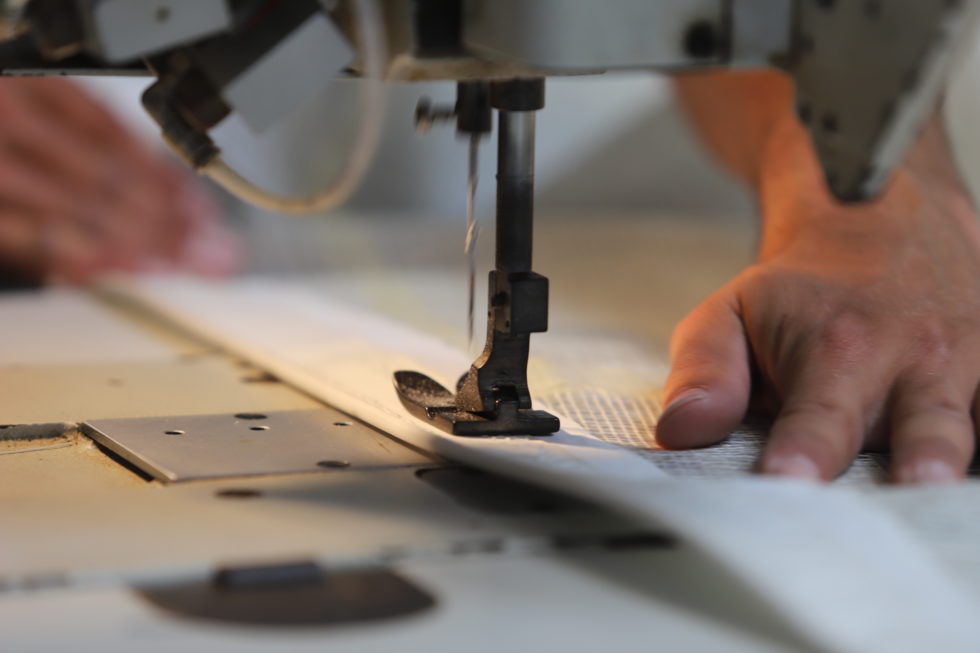
The entire positioning of French sailing lies here, in this balance between innovation, quality and cost. Prestige often belongs to the major Scandinavian brands (X-Yachts, Hallberg-Rassy) or Italian yards. Low-cost is mentally associated with Poland and Germany, which is today paying the price for the cost war launched by Bavaria at the end of the 1990s. The French offer successfully positions itself either between these two extremes or in niches where it excels. We have mentioned the high-performance cruisers of IDB Marine, as well as those of Marée Haute, and of course the incredible success of Pogo. There are other niches as well, such as all-aluminum dinghies. Stéphan Constance, one of the heads of the Grand Large group (Allures, Garcia, etc.), can attest to this: he regularly sees Americans or Australians arrive with their families in France to tour the major boat builders – Including Allures, Alubat, Garcia and Boréal – and leave with twice as many orders! Whether working with aluminum, vacuum infusion or epoxy plywood, these are construction techniques and skills that are unique and difficult to relocate. This highlights the strategic importance of training to pass on and develop these skills — given the well-known recruitment challenges facing the yards. From mass-produced cruisers to the flying trimarans of the Ultim class, the boat industry ecosystem represents an extraordinary economic, human and scientific asset, meaningful and largely aligned with the ecological challenges of this century. And a heritage to nurture and grow.
